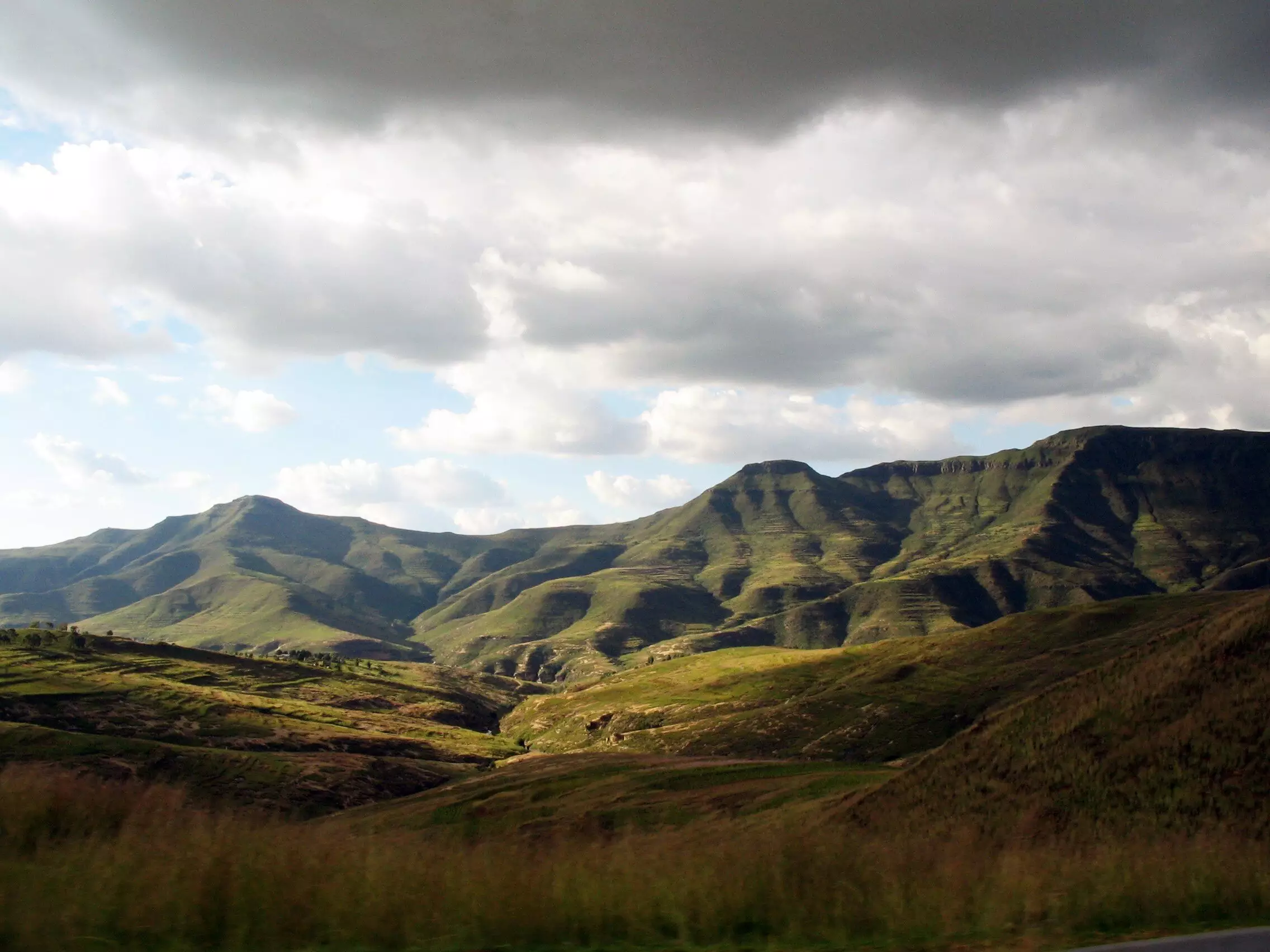Recent research by scientists at the University of Southampton has unveiled valuable insights into the intricate processes that govern the formation of some of the Earth’s most impressive landforms. This research scrutinizes the vertical movements of stable sections of continents, known as cratons, and reveals how tectonic plate rifting not only contributes to continental fragmentation but also initiates significant upheaval that shapes topography. These findings, detailed in a publication in the journal *Nature*, help link long-standing questions about geological forces with observable features of the natural world.
Historically, scientists have grappled with understanding why seemingly stable regions of continental crust undergo uplift and erosion, particularly those located far removed from active tectonic boundaries like rift zones. Previous models primarily attributed landform development to far more localized geological phenomena. However, Tom Gernon, lead author of the study and a professor of Earth Science, points out that while Great Escarpments, like those seen in South Africa, have strong links to rifting, explaining the underlying causes for the inner continental uplift has remained elusive. This study addresses that puzzle, showing that the connection between rifting and continental uplift extends well beyond the immediate boundaries of tectonic activity.
Linking Rifting to Mantle Dynamics
The research team employed a combination of advanced computational models and statistical analyses to explore how large-scale tectonic forces govern the evolution of landforms over extensive geological timescales. At the heart of their findings lies the concept that when tectonic plates fracture, the stretching of the continental crust generates significant subterranean movements within the Earth’s mantle. As Professor Sascha Brune highlights, these seismic waves create disturbances comparable to a sweeping motion against the continental foundations, initiating profound geological changes.
The simulations presented in the report illustrate an intriguing correlation between mantle dynamics and erosional patterns observed in places like Southern Africa. By mapping the velocity of mantle waves, researchers found that these movements translated to corresponding rates of erosion, revealing a chain reaction that has significant implications for the understanding of continental topography.
One key concept that emerges from this study is isostasy, which describes how changes in crustal mass influence vertical movements of the Earth’s surface. The process functions similarly to a hot air balloon that ascends as it loses weight; as the rocks that underpin the continents are eroded, the continental crust rises due to a loss of mass. This duality of erosion and uplift presents a dynamic balance in continental architecture and challenges the longstanding view that cratons are impervious to change.
The team’s findings suggest that as erosion removes layers of rock, it not only contributes to the emergence of plateaus and escarpments but can also destabilize ancient climatic conditions. Continents are in a constant state of flux, evolving over millions of years in response to tectonic developments that were previously underappreciated.
Understanding how geological changes influence landscapes is crucial not just for geology but also ecology and human history. The impacts of uplifts and erosional processes stretch far beyond physical changes, potentially altering climate patterns and habitats. For instance, elevated landforms can affect local weather patterns, resulting in varying climatic regimes that influence biodiversity and evolutionary trajectories.
As Gernon elaborates, the influence of continental breakup on Earth’s climate cannot be underestimated. The geological transformations that reshape landscapes may have long-lasting repercussions, creating ecosystems that foster distinct biological communities and influencing human settlement.
The work conducted by the University of Southampton team shines a new light on the complex interplay between tectonic processes and surface landscapes. The study demonstrates that the rifting of continental plates induces movements deep within the Earth that can radically transform the planet’s topography, challenging the notion that stable regions are immune to such processes. The implications of these findings extend into various domains, including ecology, climate science, and resource distribution, marking a significant advancement in our comprehension of Earth’s dynamic nature. As research progresses, further exploration of these geological interactions will surely enhance our understanding of both past and present geological phenomena, revealing the intricate web of relationships that define our planet.

